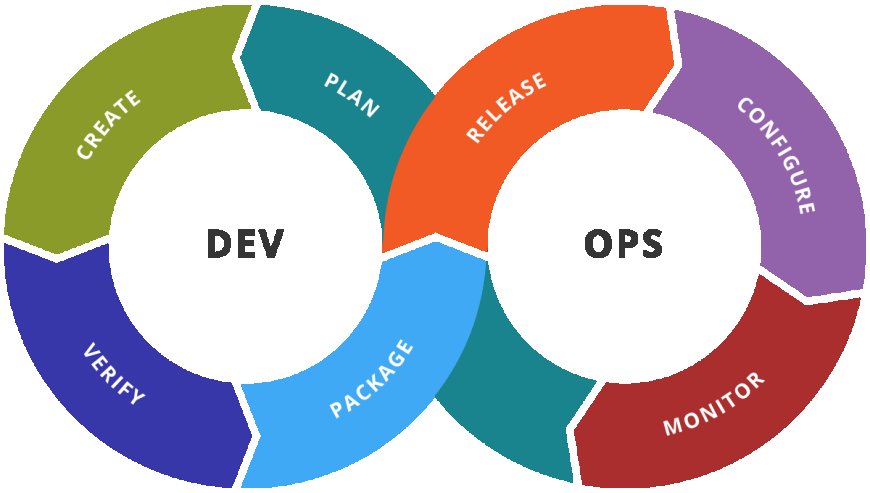Top Challenges in Adopting DevOps and How to Overcome Them
Top Challenges in Adopting DevOps and How to Overcome Them. Learn practical solutions to streamline adoption and boost team efficiency.

Introduction
DevOps has become a buzzword in the tech world, but its much more than just a trend its a powerful approach that combines development and operations to deliver faster, more reliable software. While many companies aim to adopt DevOps for better collaboration, automation, and speed, the journey is rarely smooth. Real-world challenges often get in the way, from cultural resistance to outdated systems. Understanding these roadblocks is essential to unlocking the full potential of DevOps. In this article, well break down the top challenges organizations face when adopting DevOps and provide practical solutions to help teams overcome them and build a strong, future-ready DevOps culture.
Top Challenges in Adopting DevOps and How to Overcome Them
1. Cultural Resistance to Change
The Challenge:
One of the biggest hurdles in adopting DevOps is not technology its people. Traditional development and operations teams are used to working separately. Bringing them together under DevOps means changing old habits, roles, and workflows. This shift can make teams uncomfortable, especially when they're unsure about how it affects their responsibilities.
How to Overcome It:
-
Promote a Collaborative Mindset: Encourage open communication between dev, ops, QA, and security teams. Break down silos.
-
Start with Small Wins: Introduce DevOps in phases rather than a complete overhaul. Small successful changes can build confidence.
-
Provide Training and Support: Help teams understand the benefits of DevOps and give them the resources to adapt.
-
Involve Leadership: Management should champion the change and model the new culture from the top down.
2. Lack of Skilled DevOps Talent
The Challenge:
DevOps requires a unique mix of skills: coding, automation, cloud knowledge, testing, infrastructure management, and collaboration. Unfortunately, theres a shortage of professionals who can cover all these areas. Many organizations struggle to find or develop talent that understands both development and operations deeply.
How to Overcome It:
-
Upskill Existing Teams: Invest in training programs and certifications to help your current team learn DevOps practices and tools.
-
Cross-functional Teams: Instead of hiring for a single DevOps Engineer, build diverse teams where skills are shared and learned.
-
Mentorship Programs: Pair less experienced team members with DevOps-savvy mentors to support hands-on learning.
-
Use Managed Services: In some cases, outsourcing certain DevOps tasks or using cloud-native tools can reduce the pressure on internal teams.
3. Tool Overload and Poor Integration
The Challenge:
Theres no shortage of DevOps tools on the market. From CI/CD platforms to monitoring, containerization, and automation tools teams often end up using too many, which leads to complexity and integration problems. Without a clear strategy, tools can create more confusion than clarity.
How to Overcome It:
-
Define a Tooling Strategy: Choose tools that work well together and align with your business goals.
-
Prioritize Simplicity: Avoid adding tools just because theyre popular. Focus on essential tools that solve specific problems.
-
Ensure Integration: Make sure the tools you use integrate smoothly to support a unified workflow across development and operations.
-
Automate Where Possible: Use automation to reduce manual handoffs and increase reliability between different tools and processes.
4. Legacy Systems and Infrastructure
The Challenge:
Many companies still rely on outdated, monolithic systems that werent built with DevOps in mind. These legacy systems cant easily support automation, continuous integration, or deployment. As a result, they slow down DevOps adoption and make innovation difficult.
How to Overcome It:
-
Modernize in Phases: Dont try to replace everything at once. Start by identifying parts of the legacy system that can be modernized or containerized.
-
Use APIs and Wrappers: Extend legacy systems using APIs or automation scripts to bridge them with modern DevOps workflows.
-
Consider Microservices: Gradually refactor your application into microservices to make it more adaptable and scalable.
-
Hybrid Solutions: Adopt a hybrid approach where old and new systems coexist, allowing time for a smooth transition.
5. Security Bottlenecks (DevSecOps)
The Challenge:
Security is often seen as something to deal with at the end of development, which leads to vulnerabilities and delays. In DevOps, this approach doesnt work. As development cycles speed up, traditional security checks become bottlenecks and put applications at risk.
How to Overcome It:
-
Shift Left: Integrate security early in the development process, not after deployment.
-
Automated Security Scans: Use tools to automatically check code, containers, and infrastructure for vulnerabilities.
-
DevSecOps Practices: Make security a shared responsibility by training developers and ops teams to follow secure coding and deployment practices.
-
Continuous Monitoring: Implement real-time monitoring and alerts for potential threats during and after deployment.
Conclusion
Adopting DevOps is a powerful move toward faster, more reliable software delivery but its not without its challenges. From shifting team culture and addressing skill gaps to managing tools, systems, and security, each obstacle requires a thoughtful and strategic approach. The good news? Every challenge comes with a solution. By focusing on collaboration, continuous learning, careful tool selection, and proactive security, you can build a DevOps certification courses in Chandigarh environment that supports long-term success. Remember, DevOps is a journey, not a one-time fix. With patience and persistence, the rewards are well worth the effort.
FAQs
1. What is the biggest challenge in DevOps adoption?
The biggest challenge is often cultural resistance to change. DevOps isnt just about tools its about changing how teams work together, which can take time and effort.
2. Do I need to hire a DevOps engineer to start?
Not necessarily. You can begin by training your current team and creating cross-functional groups. Hiring DevOps specialists can help, but its not the only path.
3. How long does it take to fully adopt DevOps?
It varies. Some companies may see improvements in a few months, while full adoption can take a year or more depending on the size and complexity of the organization.
4. Is DevOps only for large tech companies?
No. DevOps benefits small businesses, startups, and large enterprises alike. Any team that wants faster releases and better collaboration can benefit from DevOps practices.
5. How does DevSecOps differ from DevOps?
DevSecOps integrates security into every stage of the DevOps process. Instead of checking for vulnerabilities at the end, security is built into development and deployment from the start.







































